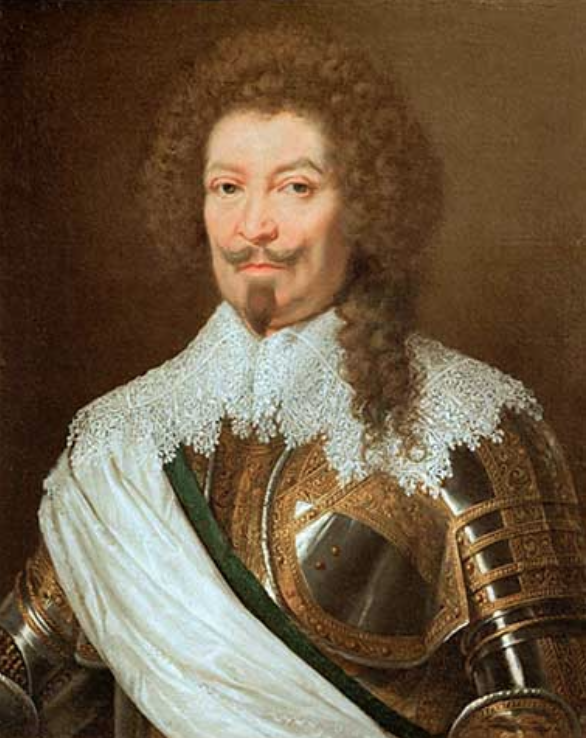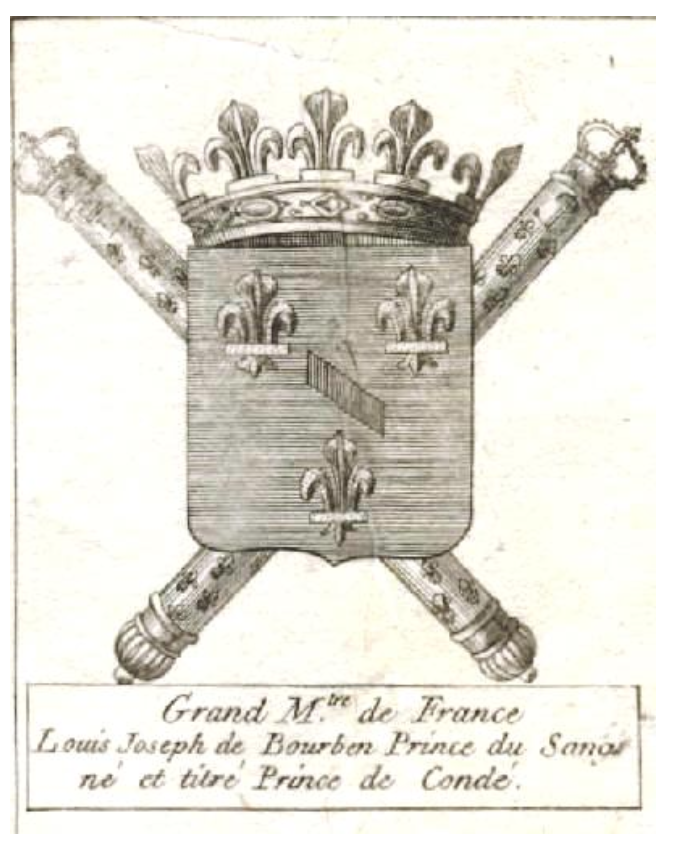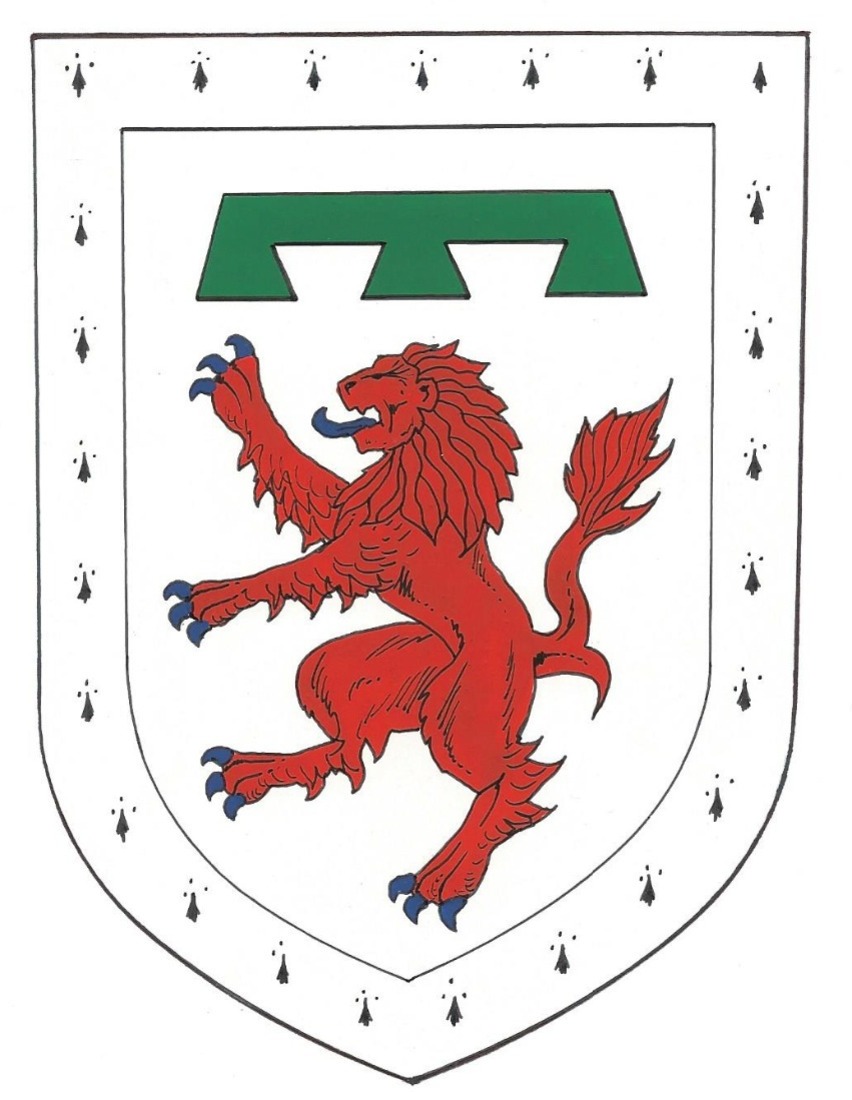Charles de Guise
Sovereign of the Order 1595-1640


Charles de Lorraine, 4th Duke of Guise born 2nd August 1571 at Joinville in the Haute- Marne Department in the Champagne-Ardenne North West region of France, was the son of Henry I, Duke of Guise and Catherine of Cleves and one of fourteen children. He was tutored in geometry and mathematics by the English Hermeticist and physician Robert Fludd, friend of William Harvey discoverer of the circulation of blood. The House of Guise, a noble French Roman Catholic family which played a major role in French politics particularly during the time of the religious wars and the Reformation, was founded by Claude of Lorraine 1st Duke of Guise (1496-1551)* and was a cadet branch of the ruling house of Lorraine as well as being descendants of the house of Anjou. These houses were united by Rene II, grandson of Rene of Anjou who had married Jeanne d`Harcourt de Montgomery and by reason of descent from Charlemagne they laid claim to the French throne.
Originally styled Chevalier de Guise, Charles succeeded as Duke of Chevreuse upon the death of his great uncle Charles of Guise, Cardinal of Lorraine a title he later gave up in favour of his brother Claude.
His father Henry the 3rd Duke of Guise had led the Catholic League† initially to defend the Catholic faith in France against the Huguenots (Protestant faction), but later it was in the forefront of an attempt to exclude the Huguenot brother in law and heir of King Henry III from the throne and as a result became embroiled in what has become known as the War of the Three Henri`s ††. During this war Henry de Guise drove the Germans out of France and was declared by the populace as the “King of Paris.” The League which then controlled France forced the king to not only meet the demands of the Catholics but also to make de Guise Lord Lieutenant of France.
Increasingly worried about the power of de Guise, King Henry summoned the duke to his ante chamber in the Chateau Blois in December 1588 and while the royal council met, stood watching while his guard hacked duke Henry to death, later that same day his brother Louis, Cardinal de Guise was also assassinated and the new seventeen year old Duke of Guise, Charles, future Sovereign Grand Commander of the Ordre du Lys was arrested in Blois and imprisoned in Tours where he remained for three years until he escaped in 1591.
The death of Henry the 3rd Duke is included in Christopher Marlowe`s Play “The Massacre at Paris “in which he is portrayed as a Machiavellian villain.
As a result of these murders the citizens of Paris and indeed many in the country turned against the King who was forced to flee from the city and join forces with Henry of Navarre. In 1589 King Henry III was assassinated by Jacques Clement, a Dominican friar who himself was killed on the spot by the King’s guards and consequently Henry was succeeded on the throne by Henry of Navarre who became King Henry IV.
The eventual liberation of the new and popular Charles Duke of Guise did not as was to be expected improve the lot of the Catholic League but quite the reverse as it brought about a schism. Although some of the League wished to place Charles of Lorraine, Duke of Mayenne and brother of Henry de Guise on the throne, others, including the populous of Paris claimed the young Duke Charles as king and hoped to arrange his marriage to Isabella daughter of King Phillip II of Spain and so with Phillip’s help secure the French throne. However, this plan was opposed by the new duke’s uncle the very same Duke of Mayenne who had taken over leadership of the League after his brother’s death and in 1593 at a state meeting called after the death of Cardinal de Bourbon, Mayenne had himself confirmed as Lieutenant General of the Realm.
As a result of all this in 1594 Charles Duke de Guise ceased to be a member of the Catholic League and declared himself a subject of Henry IV of France for which Henry paid him four million livres and made him Governor of Provence. Not long after his elevation De Guise slew with his own hand an old, highly regarded member of the League, Ambrose Marechal de Saint-Pol who had reprimanded him for betraying the memory of his father.
In 1595 the year he became the Sovereign Grand Commander of the Ordre du Lys he was sent by King Henry to capture Marseille from the Duc d` Epernon who occupied that city on behalf of the Catholic League. As a reward for his success in this enterprise he was created Grand Master of France and Admiral of the Levant. + So, in 1595 only two years after being supported by some in the Catholic League to become King of France he was armed and fighting against it. In 1611 Charles married Henrietta Catherine de Joyeuse, widow of the Duke of Montpensier with whom he had ten children; his son Henry married Anne de Gonzaga. He later served under Louis XIII and commanded the escort of the king to his wedding with Anne d`Autriche in 1611 and in 1627 commanded the royal naval squadron in a series of engagements with the Huguenot privateer fleet of La Rochelle where it is recorded that when his ship caught fire, the pilot La Rochefoucaulot approached to inform him of the fact proclaiming “Sir everything is lost” whereupon the Duke immediately turned to the pilot and commanded “Turn this ship around there’s no difference if we get cooked or roasted.”.
His popularity later diminished somewhat when he sided with the Kings mother, Marie de Medici in her dispute with the powerful Cardinal Richelieu and so he and his family were forced to take refuge in Florence in 1631 where they came under the protection of the Medici’s.
Two of Charles’s sons, Françoise and Charles Louis died in exile in Florence and Charles himself died in Sienna (Cuneo) in Northern Italy in 1640 and is buried in Paris at the Capuchin convent founded by Catherine de Medici. His widow and remaining children were allowed to return to France in 1643. Charles was succeeded by his second son Henry who had been archbishop of Reims but gave up his ecclesiastical estates to become the 5th Duke. At the height of his power Charles de Guise was one of France’s most distinguished military leaders on land and sea. A portrait of the 4th Duke of Guise hangs in the Fitzwilliam Museum in Cambridge.
*. It was Claude’s daughter Mary of Guise who married King James V of Scotland and was the mother of Mary Queen of Scots
† The Catholic League, sometimes referred to as the Holy League was formed by Duke Henry of Guise in 1576 to eradicate Protestants out of Catholic France and to usurp the French throne during the Protestant Reformation. Pope Sixtus V, Phillip II of Spain and the Jesuits were all supporters of this Catholic party.
††The War of the Three Henri’s was the eighth and final conflict in a series of civil wars in France known as the Wars of Religion. It was fought between the royalists led by Henry III of France, the Huguenot heir presumptive Henry of Navarre and the Catholic League led by Henry I Duke of Guise who was funded and supported by Philip II of Spain. The wars were originally instigated by Philip II to keep France from interfering with the Spanish army in the Netherlands and his planned invasions of England and Russia.
The Wars of Religion or the Huguenot War as it was also called resulted in 3000 Protestants killed in the St Bartholomew’s Day Massacre in Paris and up to 70,000 throughout France at the end of which Henry of Navarre converted to Catholicism and became King Henry IV of France.
+The Grand Master of France was one of the Great Offices of the Crown and head of the Maison du Roi, the king’s royal household, a position similar to that of Lord Steward. His symbol was a golden baton and a coat of arms featuring two crossed batons behind the shield. The position was roughly equivalent to the position of Royal Steward and Master of the Household in Britain.


























